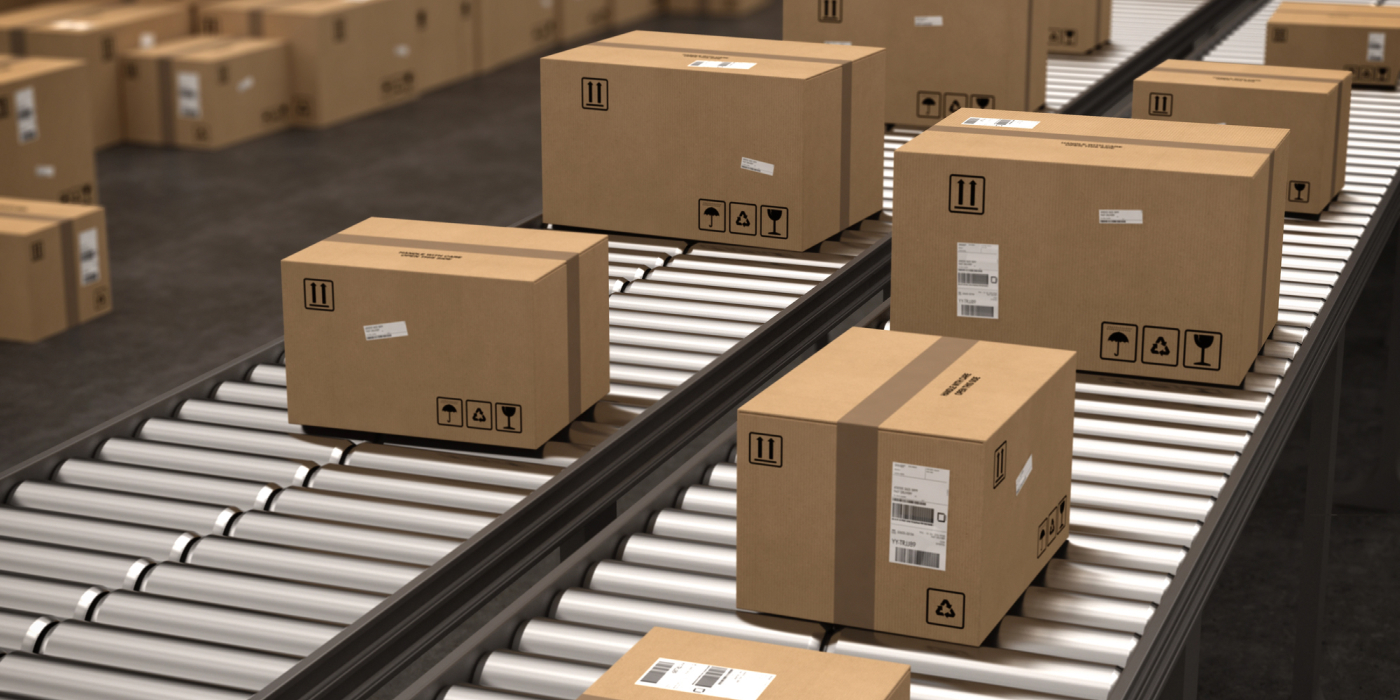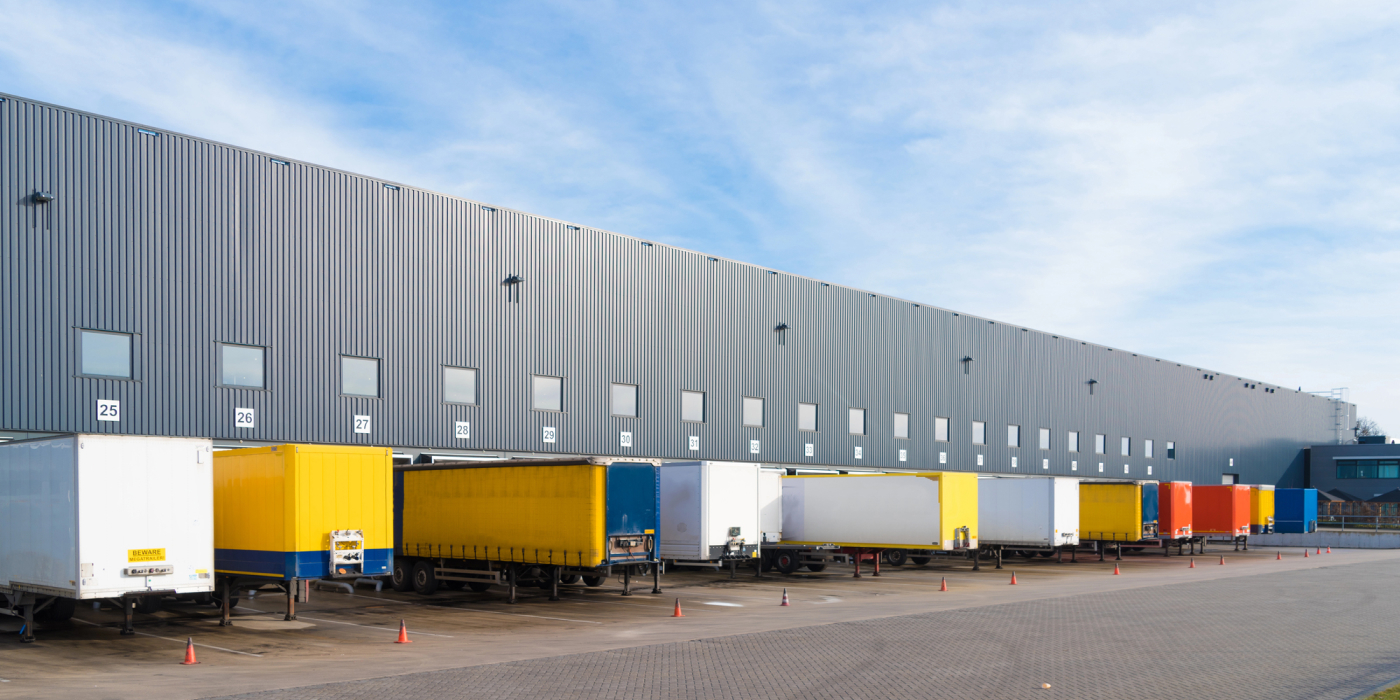Five Tips for Expanding Your Distribution Network
Expanding a distribution network is a pivotal step for businesses looking to grow their market reach and boost sales. As a business begins to expand, the demands on its distribution network can multiply exponentially. In the growing retail landscape, companies need to find ways to scale their distribution networks without sacrificing efficiency or customer satisfaction. Successfully scaling distribution is crucial to maintaining service quality, keeping costs in check, and ensuring that growth translates into increased profitability and customer satisfaction.
Here’s a look at five tips to scale your distribution operations effectively as your business grows or demand fluctuates.
Leverage Existing Distribution Channels
Before creating new distribution channels, it’s important for retailers to evaluate how they can maximize the use of existing ones. This will help them identify areas for improvement and cost savings, making it easier to expand without unnecessary expenses. Companies should analyze their distribution processes, warehouses, and delivery routes to pinpoint inefficiencies, such as high transportation costs or underutilized warehouse space. Working closely with your current partners can also help improve efficiency, optimize processes, and extend your reach. For example, if you already have a strong presence in one region, explore ways to deepen relationships with local distributors to reach more customers in that area.

Explore Direct-Store Delivery
Direct-store delivery is a distribution method where products are delivered directly from the manufacturer or supplier to retail stores. Instead of delivering products to a central distribution center, where they are then redistributed to stores, direct-store delivery streamlines the process by eliminating intermediaries. This can be a cost-effective way to expand your distribution network, as it eliminates intermediary costs and reduces the time it takes for products to reach the shelves.
By delivering products directly to stores, suppliers can ensure timely replenishment of inventory based on real-time demand data from retailers. This helps retailers maintain optimal inventory levels and ensure that shelves are consistently stocked. Direct-store delivery is particularly beneficial for perishable goods that have a limited shelf life. By bypassing distribution centers, products can reach shelves faster, minimizing the risk of spoilage or deterioration, and enabling quicker responses to changing market demands.
Invest in Technology
Technology is a key enabler for scaling distribution efficiently. Investing in advanced inventory management software can provide real-time visibility into stock levels, helping prevent both overstocking and stockouts. Automation in warehouses, such as sorting machines and robotic pickers, can increase productivity, speed, and accuracy. Cloud-based delivery management solutions enable companies to easily scale their technology and distribution capabilities depending on fluctuating demand and customers’ needs.
Flexible logistics capabilities enable companies to build and manage their own delivery fleets using in-house drivers, crowdsourced, independent contractors, 3PLs, or a combination of resources enabling flexible real-time resource and vehicle allocation. Modular software systems allow businesses to add features as needed, providing them with a flexible technology infrastructure that can evolve as they continue to grow.

Expand Distribution Infrastructure
As demand grows, so does the need for storage and fulfillment capacity. Strategically opening new warehouses and distribution centers in high-demand areas can help businesses minimize delivery times, reduce costs, and provide better service to new geographic markets. Companies are increasingly expanding their distribution networks to increase capacity and enhance flexibility to minimize delivery disruptions.
Marshalltown, a company that supplies tools and products for Lowe’s and The Home Depot, is building a new distribution center in Kansas City, Kansas. The new center will provide a direct link with the company’s locations in Arkansas and Iowa and serve as a vital hub for its operations. The Kansas center will include robotics and automation and enable efficient handling of products. The location will help the company streamline operations and shorten delivery times, giving them the agility to meet growing demand.
Utilize Third-Party Logistics Providers
Third-party logistics providers offer warehousing, transportation, and distribution services, allowing businesses to grow their distribution networks without the need for building and maintaining their own infrastructure. Partnering with 3PLs allows retailers to tap into their existing networks, enabling faster and more cost-effective distribution expansion. Third-party logistics providers have warehouses, transportation networks, and technology systems that allow companies to reach new markets quickly.
Third-party logistics providers often have scalable solutions that can adapt to specific business needs. This flexibility enables companies to scale their operations up or down based on demand. Identifying potential partners with a strong presence in your target market can help you grow and reach new customers faster. Regional logistics companies have local market expertise and experience. By leveraging their expertise, you can avoid the challenges and complexities of establishing your own distribution channels in unfamiliar regions.
By embracing these strategies, businesses will not only grow their distribution operations but also remain competitive and responsive to customer demands. These strategies not only enhance operational efficiency but also improve agility and shorten delivery times, setting a strong foundation for sustainable growth.
For more information about how our delivery management solution can help you manage your deliveries more efficiently, please contact info@www.bringoz.com.
